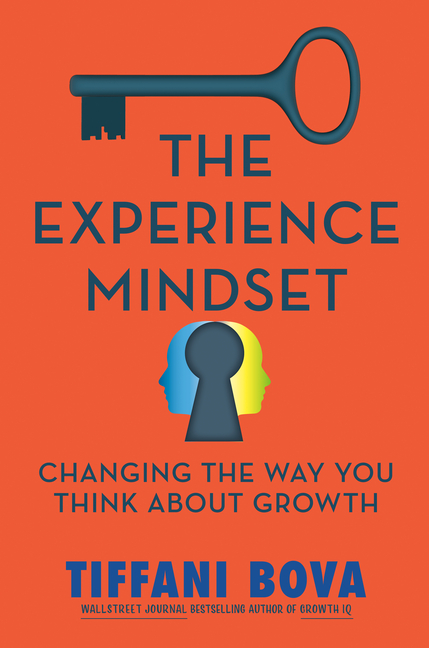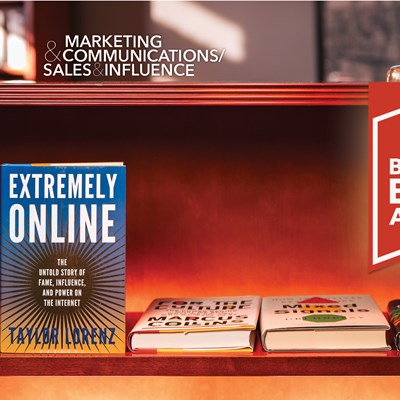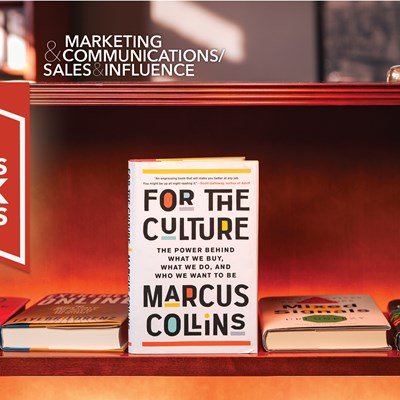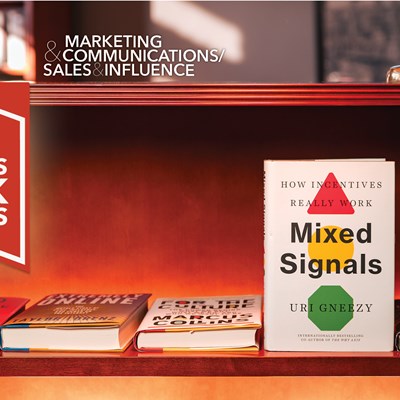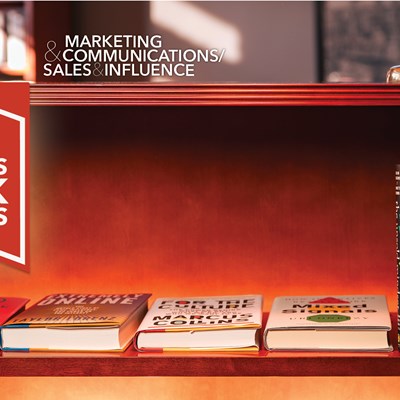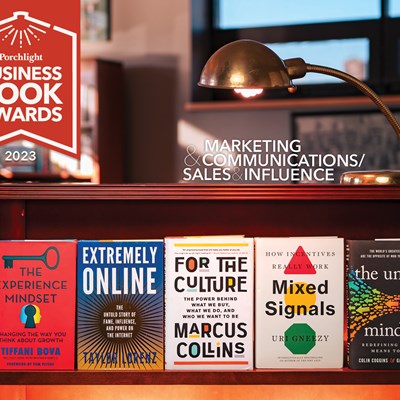The Experience Mindset | An Excerpt from the Marketing & Communications/Sales & Influence Category
December 21, 2023
From the bestselling author of Growth IQ comes a guide to enhancing customer and employee experience simultaneously for unprecedented revenue growth.
Tiffani Bova's follow-up to her bestselling Growth IQ could have easily fit in another category, like Leadership & Management or Management & Workplace Culture. The reason it sits squarely in our Marketing & Communications/Sales & Influence category is that it is, ultimately, about customer engagement and acquisition. To do that, however, Bova encourages “removing the myopic obsession with customer experience” and focusing at least as much on employee experience. The excerpt below comes from the book’s Introduction.
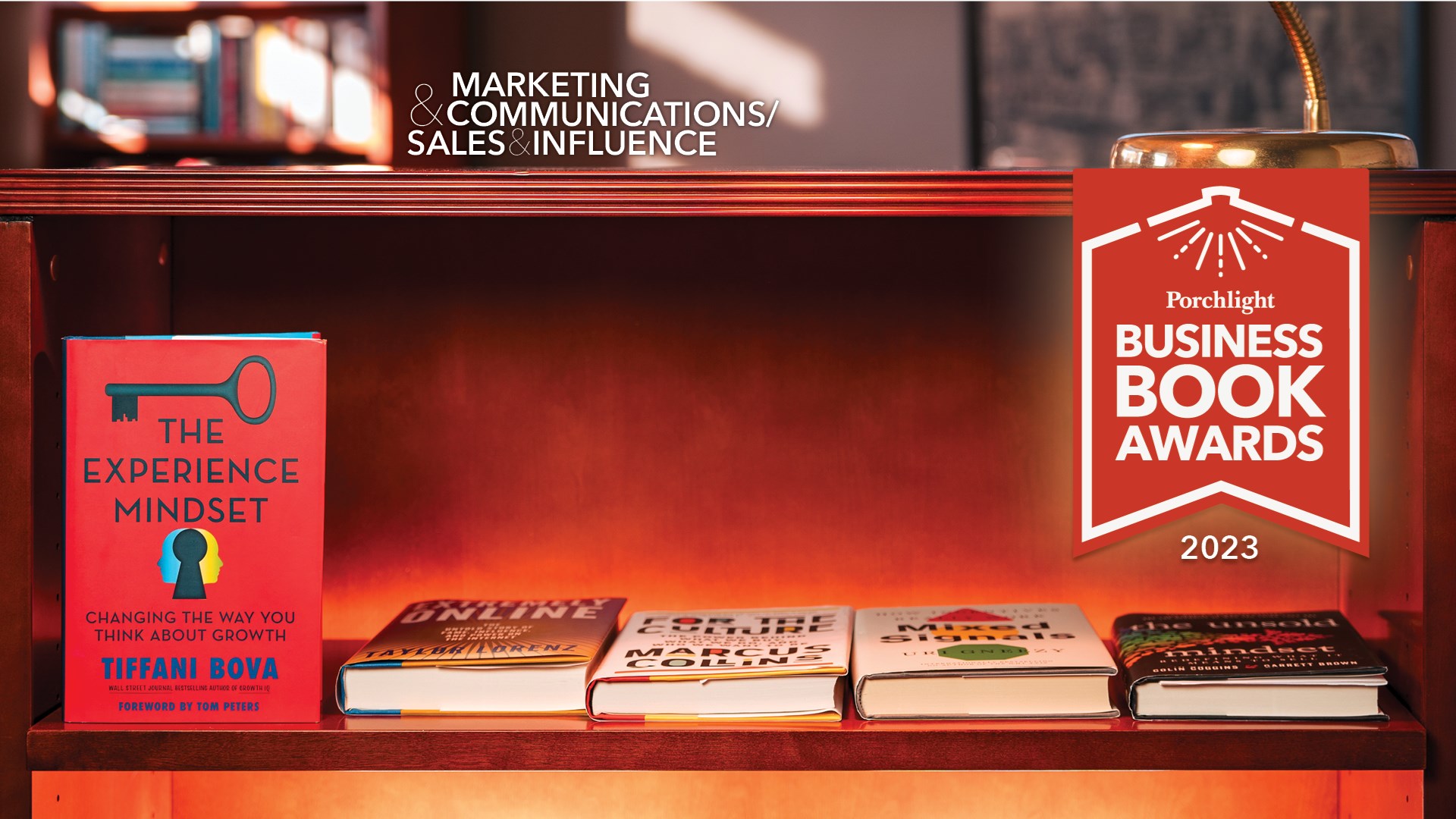
Employees carry the torch every day for the values and mission of their company. They are the facilitators of every moment that matters—the positive connections and negative pain points encountered by a customer or a fellow employee interacting with a brand or employer. As my friend Hubert Joly, former CEO and chairman of Best Buy, told me on my podcast, “The heart of business is the idea of pursuing a noble purpose, putting people at the center, creating the environment where you can release that human magic, embrace all stakeholders, and treat profit as an outcome.”
I’m not sure how many executives would comfortably describe their business this way, not least because it spotlights an often overlooked but critical piece of any company’s success: the day today experiences of the people who work there and serve its customers. While many companies are clear on the importance of seamless customer experience and its impact on growth, the role employee experience plays has yet to be fully quantified or understood. This is often because leaders feel they can only focus on one stakeholder or the other: customers or employees.
Instead, they must leverage both customer experience and employee experience in a more intentional and balanced way to accelerate growth. An increased focus on employee experience can increase revenue by more than 50 percent, and profits by nearly as much. Companies with high customer experience and employee experience exhibit a three-year compound annual growth rate (CAGR) almost double (8.50 percent) those with low customer and employee experience (4.35 percent).
Unfortunately, regardless of what leaders may say about the importance of employees, according to new, groundbreaking research, nine in ten C-suite executives encourage their employees to focus on customer needs above all else. As a result, the pervasive view is that, when push comes to shove, executives must throw their time and resources behind the customer and their experience if they want to grow the business.
That’s not to say all executives are missing the point. Southwest’s Herb Kelleher once said, “If you treat your employees right, guess what? Your customers come back, and that makes your shareholders happy. Start with employees and the rest follows from that.” Sir Richard Branson, founder of Virgin Group, concurred: “If you take care of your employees, they will take care of the clients.” Or, as Anne M. Mulcahy, former CEO and chairperson of Xerox, said, “Employees who believe that management is concerned about them as a whole person—not just an employee—are more productive, more satisfied, more fulfilled. Satisfied employees mean satisfied customers, which leads to profitability.”
In short, all of these uber-successful business leaders are saying the same thing: if you want happy customers, start with your employees. When put that way, it seems obvious, but this simple statement runs counter to the operating philosophy of most businesses today. That dominant philosophy is rooted in the management thinking of the previous century. American economist Milton Friedman shaped the shareholder-value-above-all-else management culture of the second half of the twentieth century with the extreme view that “the sole purpose of a business is to generate profits for its shareholders.” Even management giant Peter Drucker’s words were appropriated to promote a particular narrative. He famously said both that “the purpose of business is to create a customer” and that “in the knowledge economy everyone is a volunteer, but we have trained our managers to manage conscripts.” Because the first phrase fit the emerging shareholders and customers first narrative and the second most definitely didn’t, only the first is widely remembered and taken commonly as “Drucker’s view.”
Therein lies the rub. For years, positive customer satisfaction scores and good enough growth rates masked what had been brewing under the surface—the employee experience had been suffering at the hands of a maniacal focus on customer experience. Companies can have good customer experience and poor employee experience and still grow. They can even have good enough employee experience and good enough customer experience and still grow. But to multiply growth, you need to do BOTH well.
While many leaders intuitively understand that concept, most still struggle to integrate that understanding into the strategic decisions they make and the organizational structures they put in place. They can’t—or are unwilling to—connect the dots. You grow exponentially by improving both, balancing improvements in employee and customer experiences in tandem in order to leverage a mutually beneficial combination of the two. This does not mean employee experience and customer experience will be “equal” all the time—that should never be the goal. You still need to recognize when one constituency needs more attention than the other does. That said, the needs and preferences of both customers and employees must be considered with every decision made, large and small, thus requiring an entirely new operating mindset: The Experience Mindset.
Ultimately, the Experience Mindset is about fully maximizing the leverage points between a strong employee experience and customer experience to create a virtuous cycle of momentum that leads to significantly better growth rates. It is a new operating model and an intentional, holistic approach that considers both employee experience and customer experience when making decisions for a company. By strategically pursuing an exceptional, balanced experience for ALL stakeholders, you achieve a sum greater than its parts, magnifying growth many times over.
Excerpted from The Experience Mindset: Changing the Way You Think about Growth.
Reprinted by permission of Portfolio, and imprint of Penguin Random House LLC.
Copyright © 2023 by Tiffani D. Bova.
All rights reserved.


